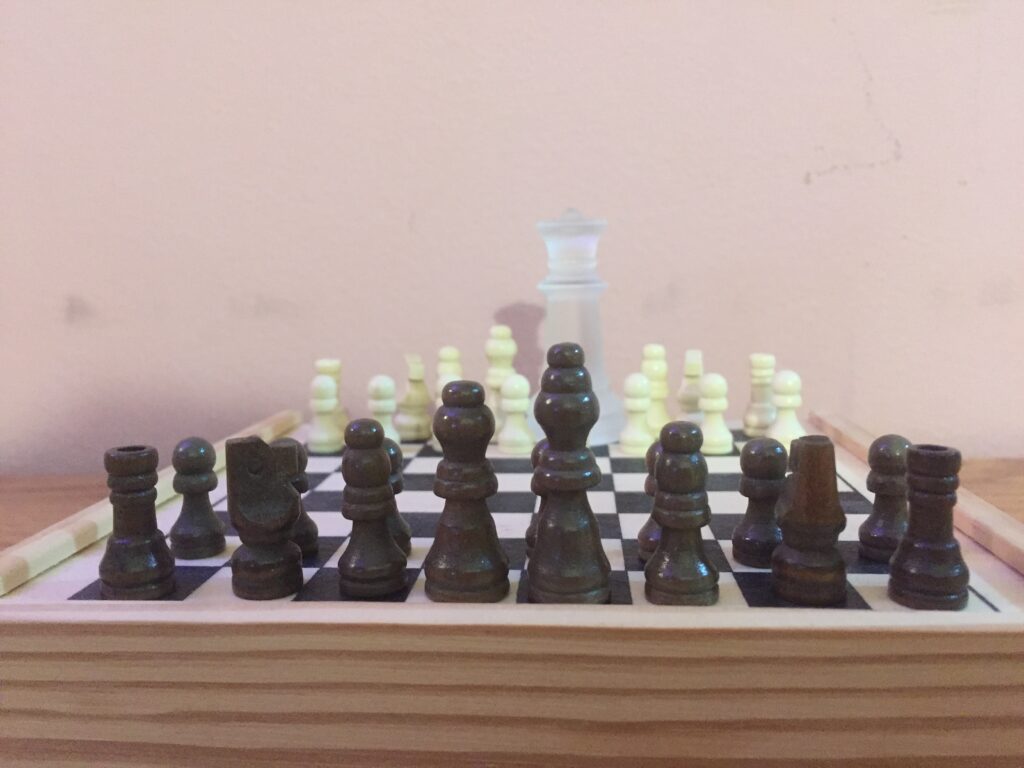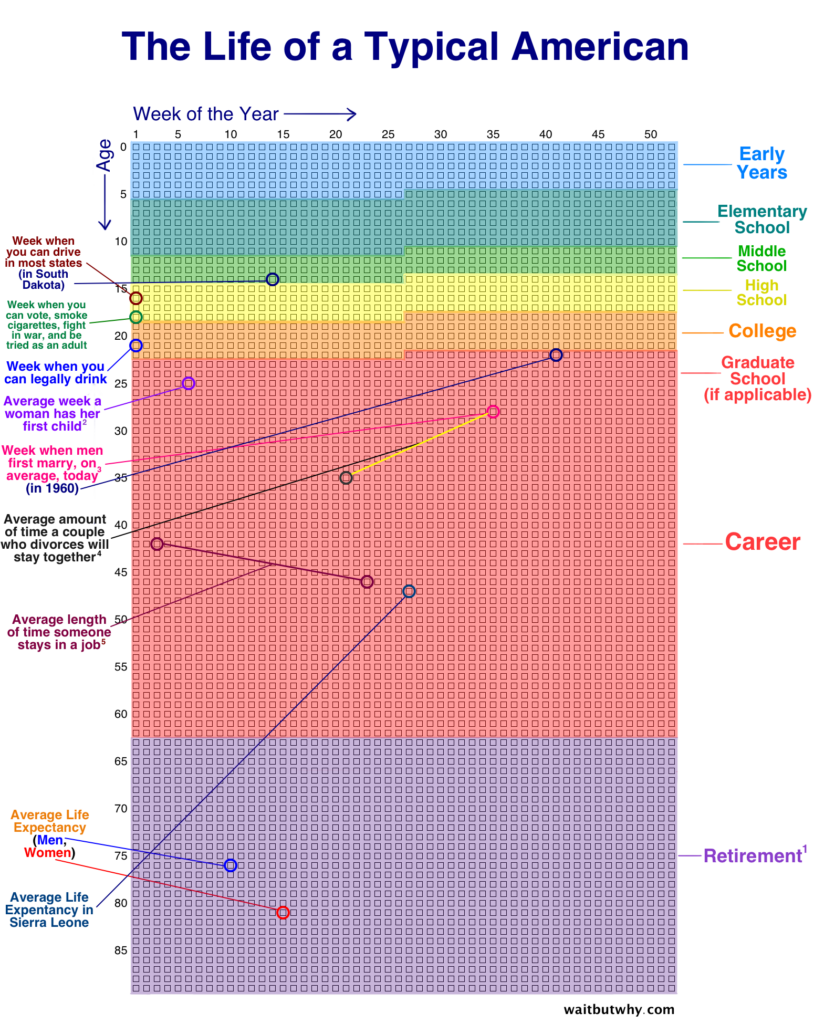
The Online Visit from Arc BC was an enlightening experience that ran over the same ground with many things that was worth remembering. What I specifically took from it is that legibility of text is important and there are few changes needed in order to make the text Easily understandable. I had before then (in my time at Harwin) made my text several units larger than “necessary” (15-16 point font) so I later on shrank the text size that I would accept printing for students to read.
I had some disagreements with the other sections since removing a visible link can cause unintended consequences.
The Idea of Having changing a link into something better for text to speech does make some sense, though it has some risks associated when proper care is not taken. If proper care is not taken this could give an opportunity for phishing and other schemes to have a weak link to break. As long as the teachers have proper security in their email there would be a very small risk that clicking on something that doesn’t immediately show where it sends you can be exploited. If it happens though then people habituated into clicking on a link that does not show where its sending you can have issues. There should be a way to ensure that neither those who need the text to speech nor those without the need can safely navigate emails though I do not have the particular expertise in the matter. Changes are rarely “good”, they simply trade one priority for another. If there has yet to be a scam over a school email then it is unlikely to be focused on so hopefully we never have to find out if this change will have a detrimental impact.
Altering the link can also have practical difficulties that need to be considered to understand the second order impacts of the change on a larger level. The largest second order impact I can consider is that if a link is altered then an image of the line, or a printed version, would be entirely unusable compared to the raw link. This needs to be considered if something is going to be sent out in printed form, since accessing parents can be done through different mediums these considerations need to be made, be it two versions of a note or footnotes to sequester that which does not play well with a text to speech program.
Of course all that really is needed is understanding and empathy along with the wisdom to consider the consequences of decisions and mitigating the unintended results.




